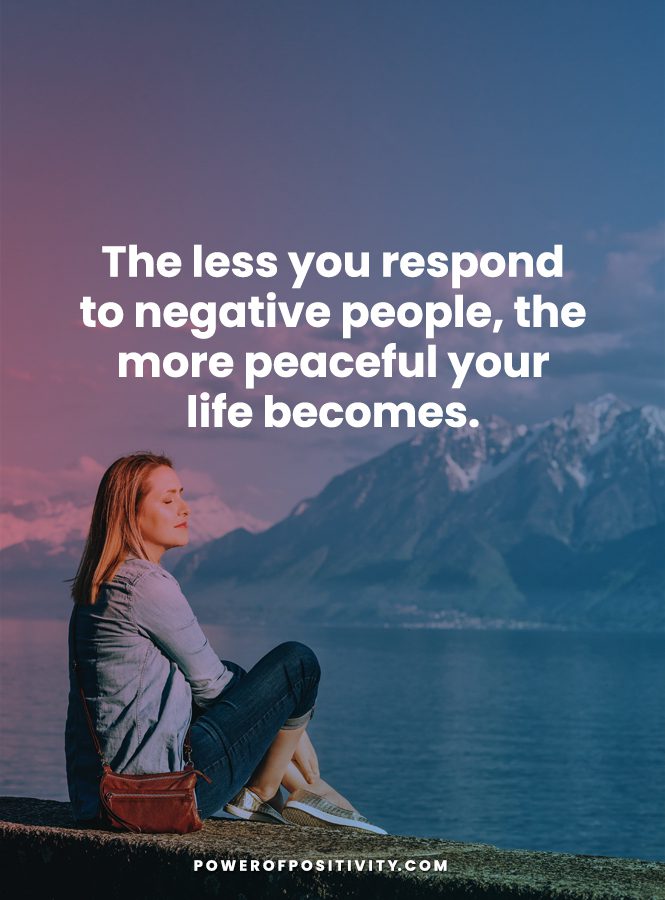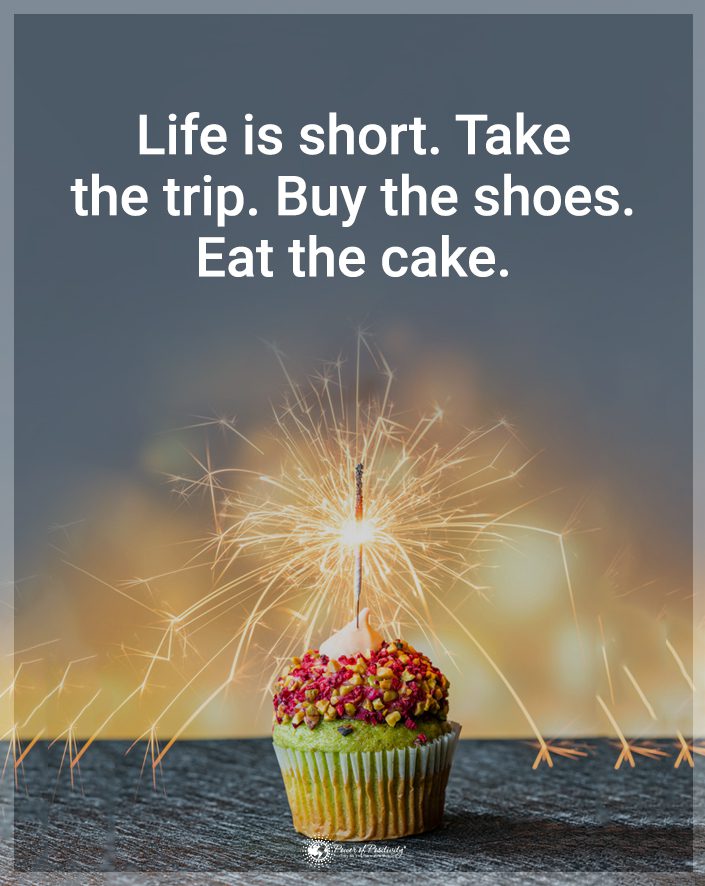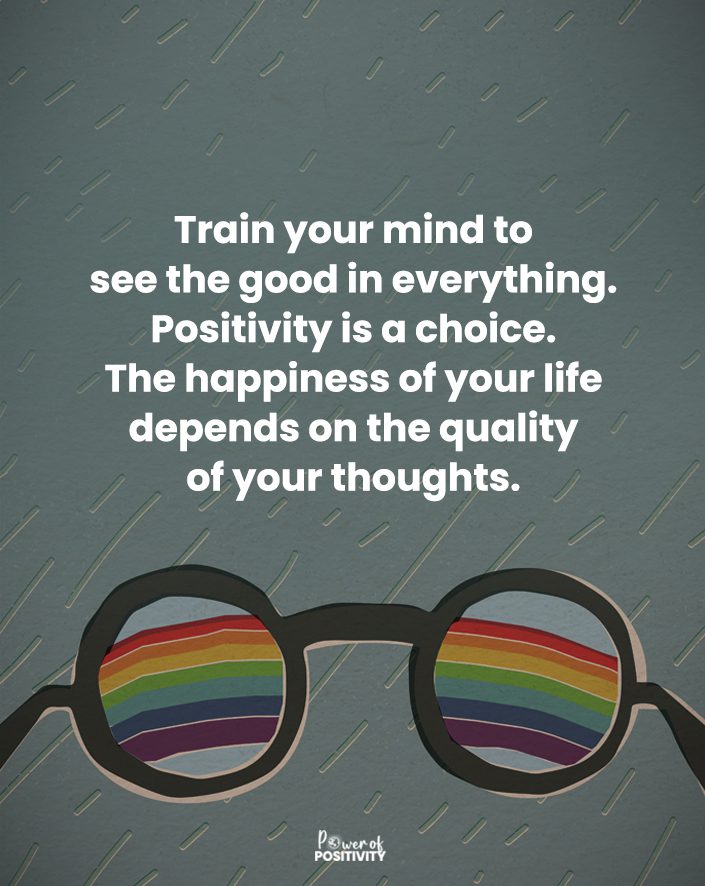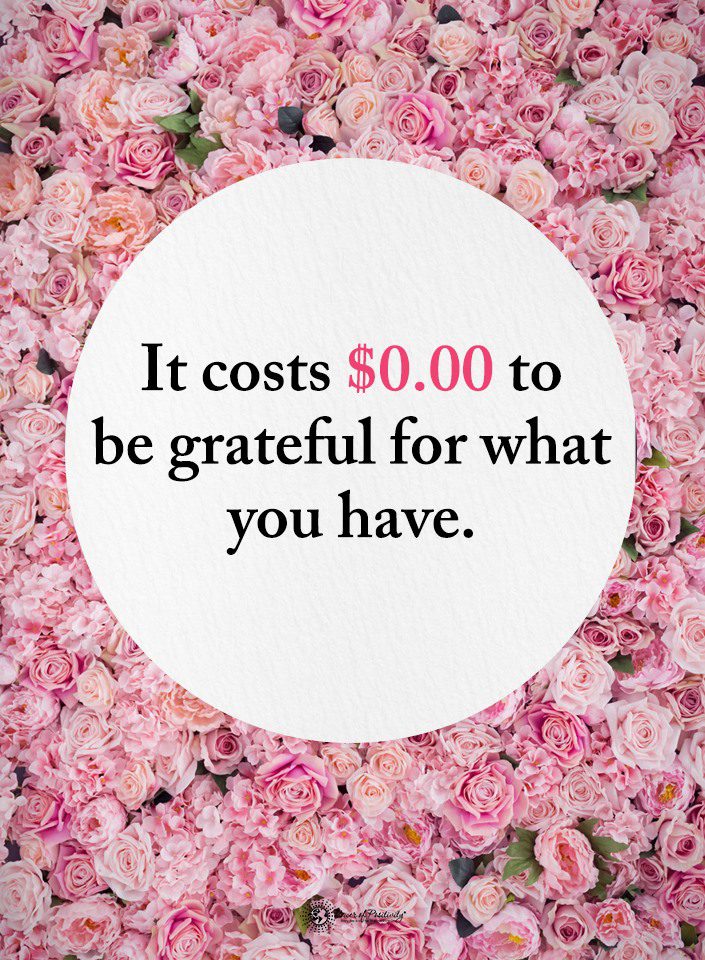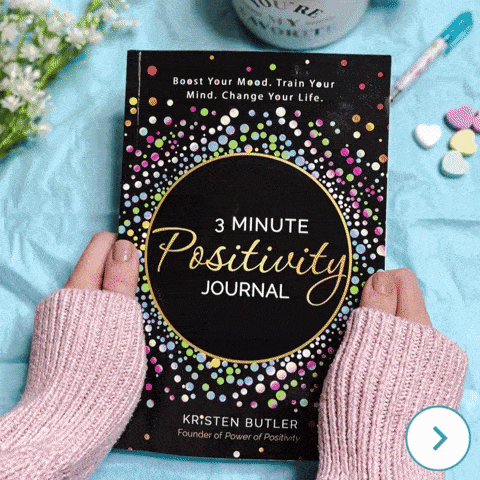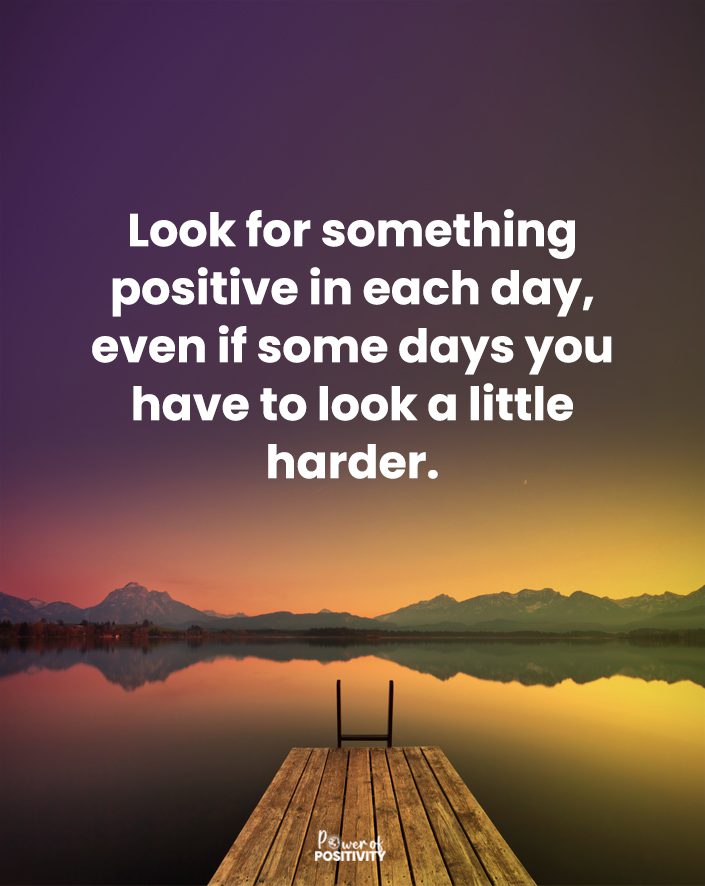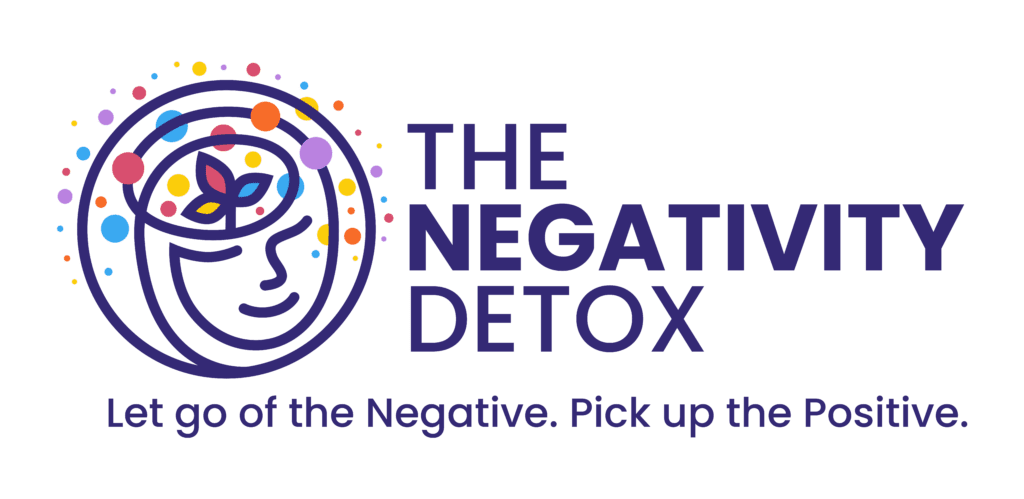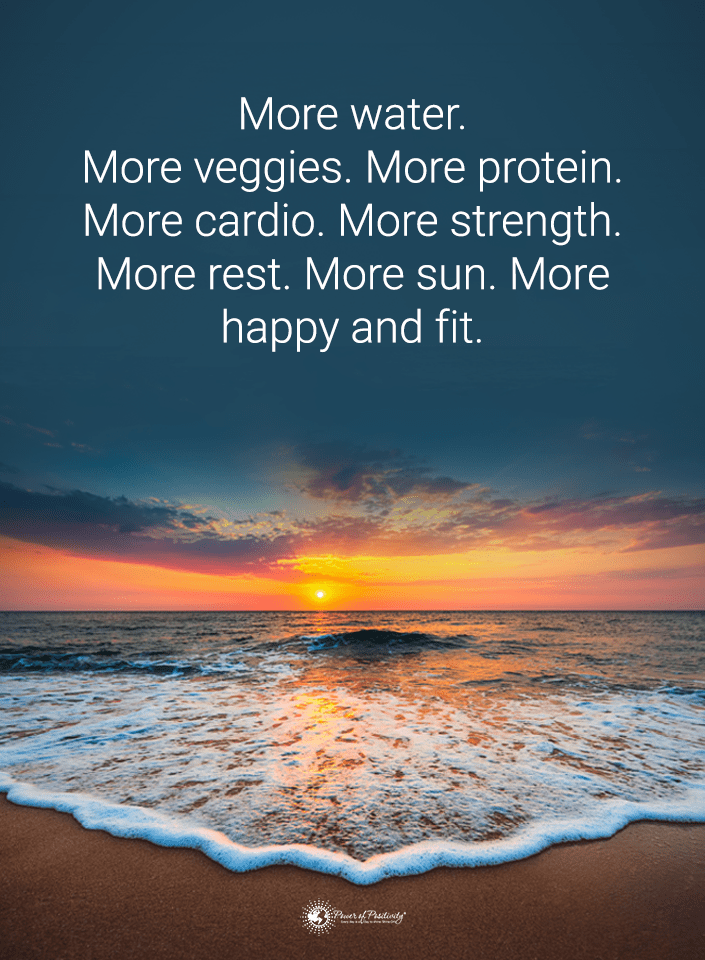Save money by shopping at local second-hand shops.
Shopping at thrift stores offers consumers a unique blend of affordability, sustainability, and the thrill of finding hidden treasures. Today, the thrift store has transcended its role as mere secondhand stores. In fact, second-hand shops have become havens for value-conscious individuals seeking to save money while positively impacting the environment.
This article will explore the top twelve items worth buying at these shops. We will uncover the reasons behind their value and practicality, highlighting their benefits to our wallets and the environment. Each selection is a testament to the wealth of possibilities awaiting shopping enthusiasts, from timeless fashion pieces that define personal style to durable household items.
1. Thrift Store Shopping for Clothing and Accessories
These shops offer a world of secondhand fashion. It’s where individuals can discover unique pieces, build their style, and enjoy affordable prices. The advantages of buying clothing and accessories are abundant.
These stores provide an opportunity to find unique items that reflect different eras and cultural influences, allowing shoppers to stand out with their distinctive style. With an ever-changing inventory, thrift stores empower individuals to experiment, mix, match, and cultivate a fashion sense that embodies their personality. And tartan trews, with their distinct checkered design, are a perfect blend of tradition and modern fashion. Explore St. Kilda Store for a fine selection that brings quality and style together effortlessly. Whether you’re looking for casual comfort or a formal look, this brand offers exceptional choices that fit any wardrobe.
Moreover, pre-loved item prices make it possible to assemble a quality wardrobe without breaking the bank. It enables budget-conscious shoppers to stretch their dollars further and embrace a more sustainable approach to fashion consumption.
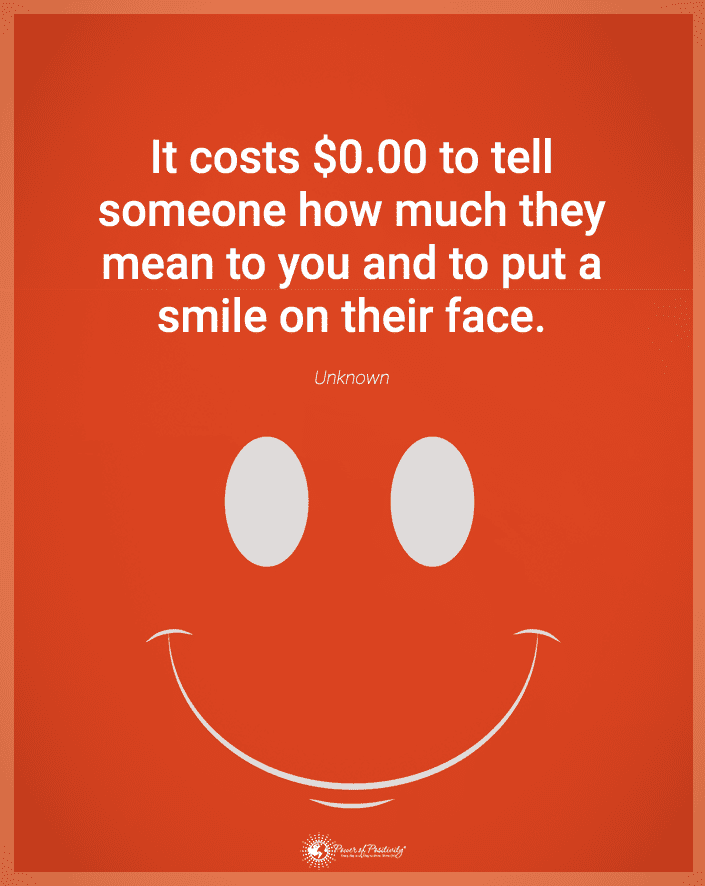
2. Vintage and Retro Items
Thrift stores hold a special allure for vintage and retro enthusiasts, offering a gateway to nostalgia, collectibles, and unique fashion pieces from bygone eras. These stores provide the opportunity to find nostalgic items that evoke cherished memories while offering remarkable savings.
From vintage toys and vinyl records to antique decor and retro electronics, thrift stores become treasure troves transporting individuals back in time. Additionally, thrift stores cater to collectors, housing a wealth of sought-after collectibles such as rare books, vintage posters, and limited-edition memorabilia.
The excitement of uncovering valuable finds or completing coveted sets adds an element of thrill to the thrift store experience.
3. Thrift Store Buys on Books
Thrift stores are treasure troves for book lovers, offering an enchanting experience and a world of literary treasures. These stores provide affordable reading options through their vast collection of used books, allowing avid readers to expand their libraries without straining their wallets.
Within the shelves of thrift stores lie hidden literary gems, including out-of-print editions and undiscovered classics. The thrill of stumbling upon these treasures adds an element of excitement to the book-hunting experience, making each visit a journey of serendipitous discovery. Thrift stores offer a gateway to affordable reading, with used books priced at a fraction of their original cost.
This affordability enables book lovers to indulge in a diverse range of genres and authors, fostering a love for reading that is accessible to all. Furthermore, these stores hold the potential for unexpected encounters with hidden literary gems. Whether it’s a forgotten masterpiece or a sought-after out-of-print edition, the shelves of thrift stores are filled with untold stories waiting to be discovered.
4. Musical Instruments
Thrift stores hold a world of opportunities for music enthusiasts, offering affordable musical instruments and a realm of exploration. Purchasing secondhand music gear at thrift stores provides the advantage of affordability, allowing individuals to save money while indulging in their musical pursuits.
These stores offer diverse instruments, opening the doors to exploring different types of music gear and expanding one’s musical horizons. Whether it’s guitars, keyboards, drums, or brass instruments, thrift stores cater to various musical interests and encourage experimentation.
Moreover, second-hand shops often harbor hidden gems, such as vintage instruments or rare finds, which can ignite musicians’ passion and become cherished additions to their musical collections.
5. Thrift Store Shopping and Beautiful Home Decor
Second-hand shops offer plentiful advantages in home decor, providing affordable options and a wealth of unique furnishings and vintage decor items. By embracing thrift store shopping, individuals can transform their living spaces with beautiful, distinctive pieces that add character to their homes.
One of the primary advantages of thrift store shopping is the affordability it offers for home styling. Because of budget-friendly prices, thrift stores provide an opportunity to find affordable decor items that won’t strain finances.
Additionally, thrift stores are a treasure trove of unique finds, including vintage decor and eclectic pieces. By exploring these stores, individuals have the chance to discover one-of-a-kind furnishings and decorative accents that infuse their homes with a touch of nostalgia and individuality.
6. Kitchenware and Cookware
Thrift stores offer great value regarding kitchenware and cookware, providing budget-friendly supplies and the possibility of finding vintage or retro treasures. By exploring these stores, individuals can equip their kitchens without breaking the bank while adding a touch of nostalgia and uniqueness to their culinary experience.
Second-hand shops offer a wide range of budget-friendly options, from pots and pans to baking supplies and small appliances, ensuring that individuals can find essential cooking items without straining their wallets.
Additionally, these stores often house unique vintage or retro kitchenware, adding character and charm to the kitchen. With the convenience of finding all the necessary cooking essentials in one place, thrift stores have become a go-to destination for culinary enthusiasts.
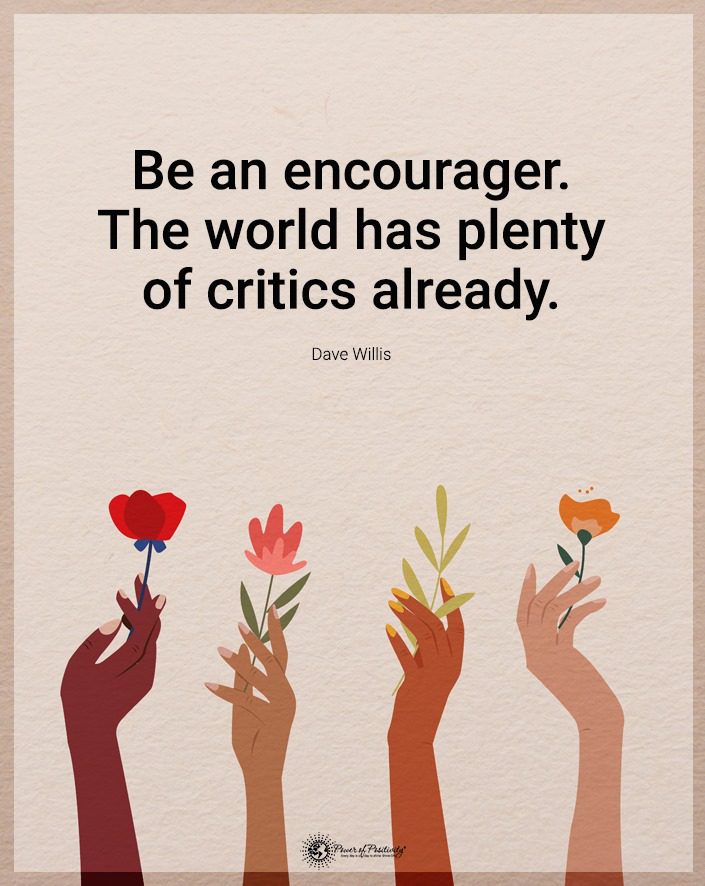
7. Toys and Games
Thrifting for toys and games brings many benefits, including affordability, finding retro or classic games, and providing children with budget-friendly entertainment options.
Thrift stores offer a treasure trove of possibilities for children’s enjoyment without straining the family budget. With budget-friendly prices, these stores provide an array of toys and games that fit within financial constraints, ensuring that children can explore and play without breaking the bank.
Additionally, thrift stores often house hidden gems of retro or classic games, creating opportunities for shared experiences across generations and allowing families to enjoy timeless entertainment.
8. Thrift Store Finds for Furniture
Thrift stores are a goldmine for furniture shopping, offering affordable options and the opportunity to find unique and one-of-a-kind pieces. The affordability of pre-owned furniture allows individuals to furnish their homes without straining their budgets.
With thrift stores, budget-conscious shoppers can discover quality furniture at a fraction of the cost of new items. Therefore, it is possible to transform living spaces while saving money. Additionally, thrift store finds provide the perfect canvas for upcycling projects, offering the potential to repurpose and customize furniture according to personal taste and style.
To further refine your design approach, resources like The Idea room can provide inspiration and practical tips for integrating thrift store finds into your home. From creative upcycling ideas to styling advice, such platforms can help you envision how to transform these budget-friendly pieces into stunning focal points that enhance your overall decor. By leveraging these design resources, you can elevate the character and functionality of your living space while maintaining a budget-friendly approach.
With some creativity, pre-owned furniture can be transformed into unique, customized pieces. After you upcycle them, you’ll reflect individuality and add a personal touch to home decor. To make your space even more distinctive, consider incorporating Live Edge Slabs for a truly one-of-a-kind look.
9. Artwork and Decorative Items
Thrift stores offer many advantages regarding artwork and decorative items. Thus, they provide affordable options and the chance to find unique wall decor and expressive pieces. With budget-friendly prices, these stores make it accessible for individuals to enhance their living spaces with captivating artwork without straining their wallets.
From paintings and prints to sculptures and wall hangings, your local second-hand shops is a haven for affordable artwork that adds aesthetic value and reflects personal taste. Additionally, thrift stores present an opportunity to discover unique wall decor that infuses homes with personality and charm.
The eclectic inventory of these stores encompasses a diverse selection of decorative items, from vintage wall clocks to quirky wall art, offering expressive pieces that become focal points and conversation starters.
10. Electronics and Appliances
Thrift stores offer immense value for electronics and appliances, providing budget-friendly options and reliable pre-owned items. These stores become a haven for tech enthusiasts, allowing them to acquire quality gadgets and appliances without breaking the bank.
With affordable prices, thrift stores make it possible to embrace technology without straining budgets. Individuals can find budget-friendly electronics that meet their needs, from smartphones and gaming consoles to audio equipment.
Additionally, thrift stores offer a diverse selection of reliable pre-owned appliances, from kitchen essentials to home necessities. Individuals can save money without compromising on quality by opting for pre-owned options.
11. Sporting Goods and Outdoor Equipment
Thrift stores offer many benefits for sporting goods and outdoor equipment, providing affordable outdoor recreation and fitness gear options. These stores have become a haven for sports and outdoor enthusiasts. That’s because they offer budget-friendly opportunities to pursue active lifestyles and enjoy the great outdoors.
With their affordability, thrift stores allow individuals to find sports equipment at lower prices, from bicycles and golf clubs to camping gear and hiking essentials. Embracing thrift store finds enables individuals to engage in outdoor activities without breaking the bank.
Moreover, second-hand shops cater to various interests and hobbies, providing equipment and gear for outdoor pursuits. Whether it’s water sports, team sports, or individual hobbies, thrift stores offer an avenue to explore new outdoor recreation options.
Additionally, fitness enthusiasts can find affordable fitness gear at second-hand shops, including workout equipment and athletic apparel. Thrift stores have become a valuable resource for those seeking budget-friendly options to support their active and healthy lifestyles.
Embark on thrift store adventures and discover affordable sporting goods and outdoor equipment. As a result of your finds, fuel your passion for outdoor recreation and fitness pursuits for less money.
12. Craft and DIY Supplies
Thrift stores are a treasure trove for craft and DIY enthusiasts, offering affordable crafting supplies and many upcycling materials. These stores become havens for creativity, providing budget-friendly project options and unique items to add a distinctive touch.
These shops’ affordability ensures that crafters and DIY enthusiasts can pursue their passions without straining their budgets. So you find everything from fabrics and paints to beads and yarns. Thrift stores offer a wide range of budget-friendly crafting supplies.
Additionally, these stores house a diverse selection of upcycling materials. These can include vintage buttons, fabric scraps, and discarded household items, providing endless possibilities for transforming and repurposing items. So explore second-hand shops and uncover a world of budget-friendly craft and DIY supplies to ignite your creativity and bring your projects to life.

Final Thoughts on Making Smart Purchases at Thrift Stores
These unique shopping venues offer affordability, unique finds, and opportunities for creativity and personal expression. By shopping at these treasure troves, individuals can save money while discovering one-of-a-kind items that add character to their lives.
Explore local thrift stores with an open mind, patience, and a sense of adventure. Perhaps you will uncover hidden treasures and embrace the joy of thrifting. Discover the value that awaits you and make intelligent purchases at these stores. It’s time to start saving money at those trendy second-hand shops!

